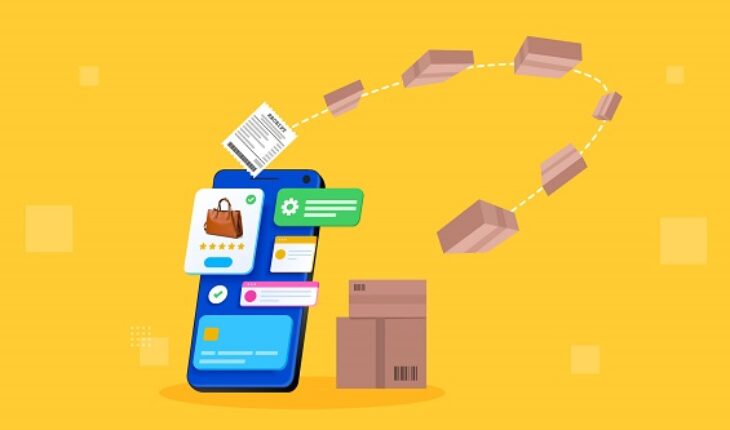Which Latest Ecommerce Logistics Trends Should You Watch Out For?
In 2022, eCommerce logistics trends will change due to the global pandemic and the effects on logistics trends, limitations, and demands. The year 2021 was chaotic, with a lingering global pandemic, stimulus programs, a growing economic recovery, pent-up demand, freight rates rocketing to levels never previously seen, and a supply chain in disarray.
eCommerce businesses that want to achieve their growth targets by 2022 need to pay attention to logistics trends. Ecommerce brands, shipping partner and retailers can improve their logistics operations using the latest eCommerce shipping trends and statistics. As one of India’s premier shipping partner service providers, we at Avon Solutions and Logistics have been at the helm of these trends. Read the article below to learn more about our expert insights on the topic.
8 Top eCommerce Logistics Trends 2022
The global trend of increasing demand has impacted logistics for e-commerce brands worldwide.eCommerce businesses will be forced to follow the upcoming logistics trends to increase revenue, market share, and customer satisfaction.
Sustainability and green logistics
While eCommerce is more environmentally friendly than brick-and-mortar stores, you need to set sustainable goals. eCommerce businesses will have to adopt greener and cleaner packaging and logistics solutions to remain competitive.
Green logistics is a rapidly expanding trend that can assist brands in reducing costs, increasing marketing effectiveness, and improving brand reputation. Amazon’s holiday package includes various items, including an emphasis on environmental sustainability in logistics and the supply chain.
Reduced abandonment rate
Ecommerce companies should offer free shipping to improve sales conversations and reduce cart abandonment. eCommerce businesses should plan and implement smart solutions to manage returns and provide free returns if they can afford them.
Minimal shipping delays
eCommerce businesses experienced significant difficulties in 2020 due to shipping delays, which caused daily disruptions. eCommerce businesses must improve their warehousing, logistics, and shipping capabilities by using air freight service, flying drones, and robots.
Multiple carriers for cross-border shipping
eCommerce businesses should partner with multiple courier partners to save money on cross-border shipping and provide a better customer experience. According to a survey conducted by FIS Global, the cross-border e-commerce market is growing twice as fast as the domestic e-commerce market. Brands must invest in cross-border logistics to take advantage of the e-commerce renaissance.
Ecommerce businesses can also store inventory in multiple countries to reduce transit times for local deliveries and reduce the risk of customs and tariff issues.
Increased freight rate
The demand for freight rates in 2022 will remain strong due to the demand of consumers and the limited capacity of the market. In 2021, new building orders surged due to pent-up demand and a distressed supply chain and were expected to continue through 2023. This represents a 15 per cent increase in container fleet capacity by 2024.
Hybrid operating models
In the future, hybrid operating models will likely become more widespread, including supply chain models such as just-in-time and just-in-case, resulting in a demand for more flexible shipping services. eCommerce shipping and delivery statistics will help you optimise your logistics strategy and help you meet customer expectations.
Ecommerce businesses have little control over what happens to their orders once placed with a shipping carrier. Still, they can keep their customers informed about carrier updates and shipping delays.

Data-driven technology
In addition to increased consumer spending, logistics trends will include increased customer expectations, greater visibility in logistics, and the use of technology to streamline global supply chain networks. A logistics management system is needed to provide personalised experiences for customers. Logistics requires transparency and better quality assurance, and data-driven decision-making allows for real-time visibility of the shipment. For instance, Parcel Perform’s software can provide logistics reports that help brands make sense of data from various carriers.
The last mile logistics
Logistics companies will continue to focus on streamlining last-mile logistics in 2021. eCommerce logistics are evolving to keep up with the rising consumer expectations, including the rise of direct-to-consumer fulfilment. Technology will enable last-mile operations and other complex logistics to gain customer loyalty. The last mile of eCommerce logistics is the final point of contact between the company and the customer. eCommerce behemoths are expected to follow Amazon’s footsteps and use drones for last-mile delivery.






